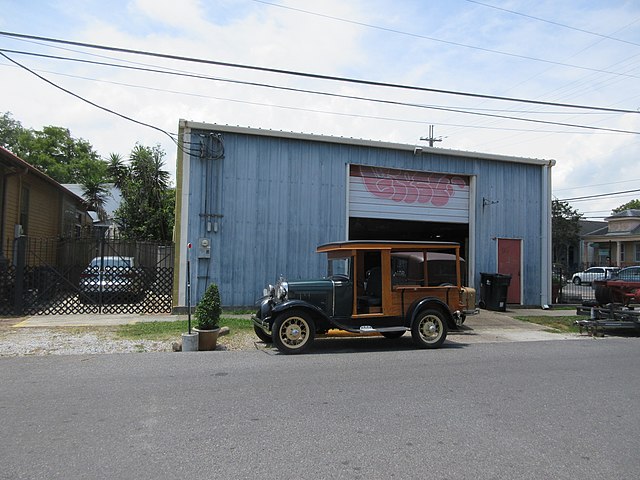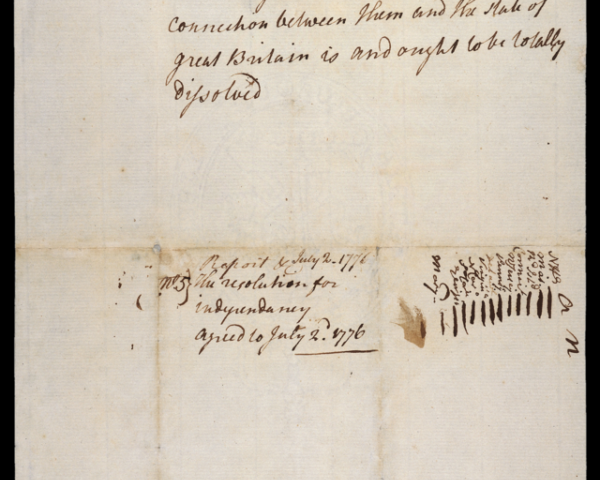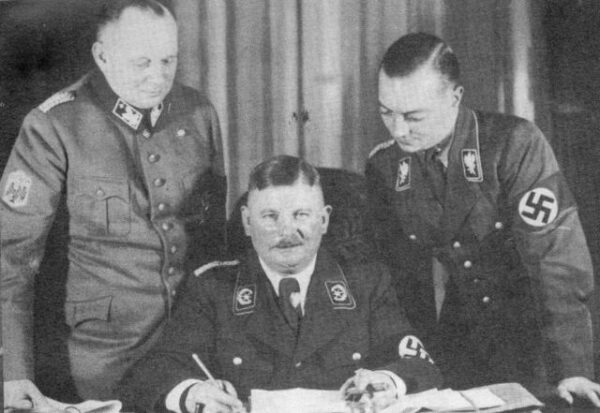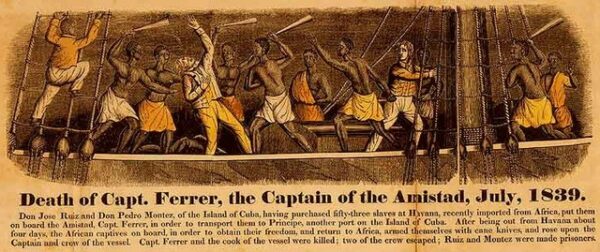On July 20, 1903, automotive history was made when Chicago dentist Ernst Pfenning received a new car. For $850, he purchased a two-cylinder Model A automobile from a newly-formed Ford Motor Company. Produced at Ford’s plant on Mack Street in Detroit, the vehicle had a 100-inch wheelbase and a 10 horsepower engine. It was available as a two-seater runabout or a four-seater tonneau. Despite being a modest beginning, the Model A laid the foundation for Ford’s future success in the automotive industry.
“Henry Ford had built his first gasoline-powered vehicle—which he called the Quadricycle—in a workshop behind his home in 1896, while working as the chief engineer for the main plant of the Edison Illuminating Company in Detroit,” writes The History Channel. “After making two unsuccessful attempts to start a company to manufacture automobiles before 1903, Ford gathered a group of 12 stockholders, including himself, to sign the papers necessary to form the Ford Motor Company in mid-June 1903. As Douglas Brinkley writes in “Wheels for the World,” his history of Ford, one of the new company’s investors, Albert Strelow, owned a wooden factory building on Mack Avenue that he rented to Ford Motor. In an assembly room measuring 250 by 50 feet, the first Ford Model A went into production that summer.
Designed primarily by Ford’s assistant C. Harold Wills, the Model A could accommodate two people side-by-side on a bench; it had no top, and was painted red. The car’s biggest selling point was its engine, which at two cylinders and eight-horsepower was the most powerful to be found in a passenger car. It had relatively simple controls, including two forward gears that the driver operated with a foot pedal, and could reach speeds of up to 30 miles per hour (comparable to the car’s biggest competition at the time, the curved-dash Oldsmobile).
Dr. Pfenning’s order turned out to be the first of many from around the country, launching Ford on its way to profitability. Within two months, the company had sold 215 Fords, and by the end of its first year the Mack Avenue plant had turned out some 1,000 cars. Though the company grew quickly in the next several years, it was the launch of the Model T in 1908 that catapulted Ford to the top of the automobile industry.”
With its assembly line production system, the Model T became the first affordable car for the masses. Previously, automobiles had been luxury items, accessible only to the wealthy. The Model T shattered that paradigm, empowering the middle class and igniting a mobility revolution.
The impact of the Model T extended far beyond the realm of personal transportation. It revolutionized industries, fostering the growth of road networks, fueling demand for gasoline, and spurring the construction of service stations. It also propelled the development of urban centers, since more and more people could now commute longer distances.
In 1914, the company implemented the revolutionary concept of the five-dollar workday, doubling the average industrial wage at the time. This move not only improved the livelihoods of Ford employees but also set a precedent for fair wages and working conditions that reverberated throughout the business world.
From its pioneering affordable automobiles to transformative manufacturing methods and progressive labor practices, Ford Motor Company ended up reshaping the global landscape. It exemplifies the power of innovation and serves as a testament to the profound impact that a single entity can have on society at large.
It all started in the summer of 1903 when a Chicago dentist took a chance on a new set of wheels.






